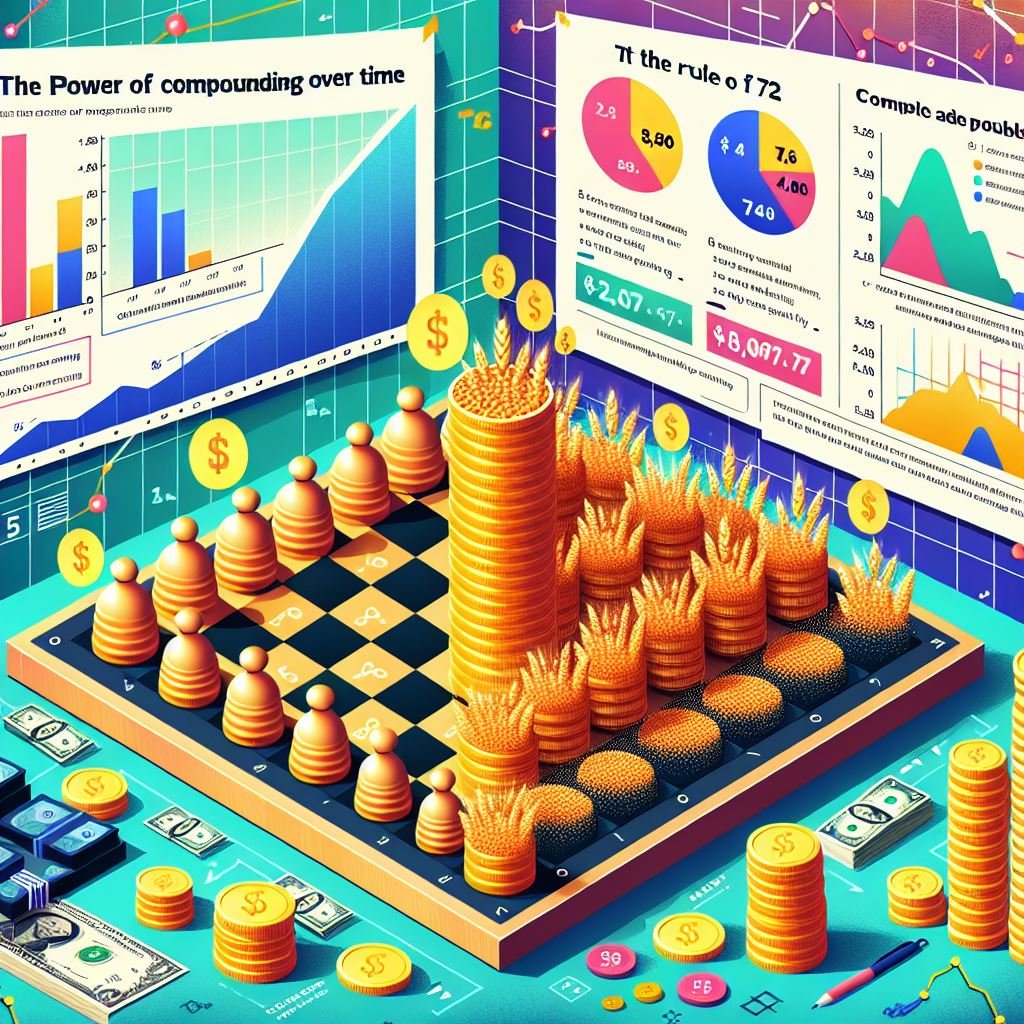The power of compounding over time
The first rule of compounding: Never interrupt it unnecessarily.
Charlie Munger
In Indian folklore, a minister and wiseman called Sessa, apparently invented chess for his King, and in return asked for payment in grains of wheat: one grain on the first square, two on the second and doubling each square thereafter. The King laughed at him, for asking for such a small prize, obviously not realising that on the 64th square it would be 263 (i.e. two to the power of 63, or 9,223,372,036,854,780,000) grains of wheat! It was Sessa who got the last laugh.
Figure 1: Doubling grains of wheat on each square of a chess board Source: Albion Strategic Consulting
It has been estimated that this represents around 200 times the global wheat harvest today! Obviously, investing is unlikely to double your money every year, except in very extreme cases, usually being a recovery after a very large market fall. We have to content ourselves with much lower mid to low single digits returns on average after inflation when we invest. Yet when investing, small returns – and differences in returns – can grow into large differences in the value of your wealth. On the upside these might be positive returns from an investment portfolio. On the downside, these may be from costs that you incur or from inflation.
There is a nifty rule called the ‘Rule of 72’ that you can use to see how quickly you will double your money based on the returns that you achieve, or alternatively how quickly the value of money will be halved by inflation. All you need to do is divide 72 by the rate of return, or inflation. So, a return of 3% will double your money in 24 years (72/3=24).
Figure 2: The Rule of 72 – time to double your spending power using after-inflation returns, Source: Albion Strategic Consulting
Having the patience and fortitude to remain invested in a sound solution enables investors to benefit from the immense benefits compounding can bring. If you would like to understand more about compounding, if you are new to investing or a veteran investor who would like a second opinion, please feel free to get in touch via the button below.



